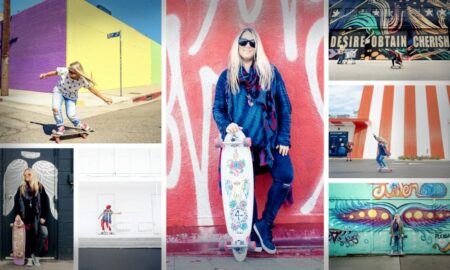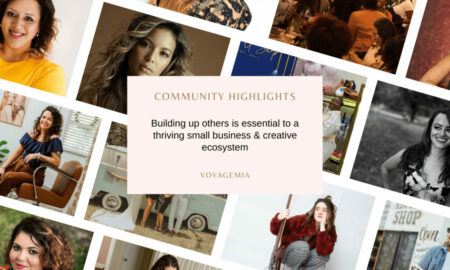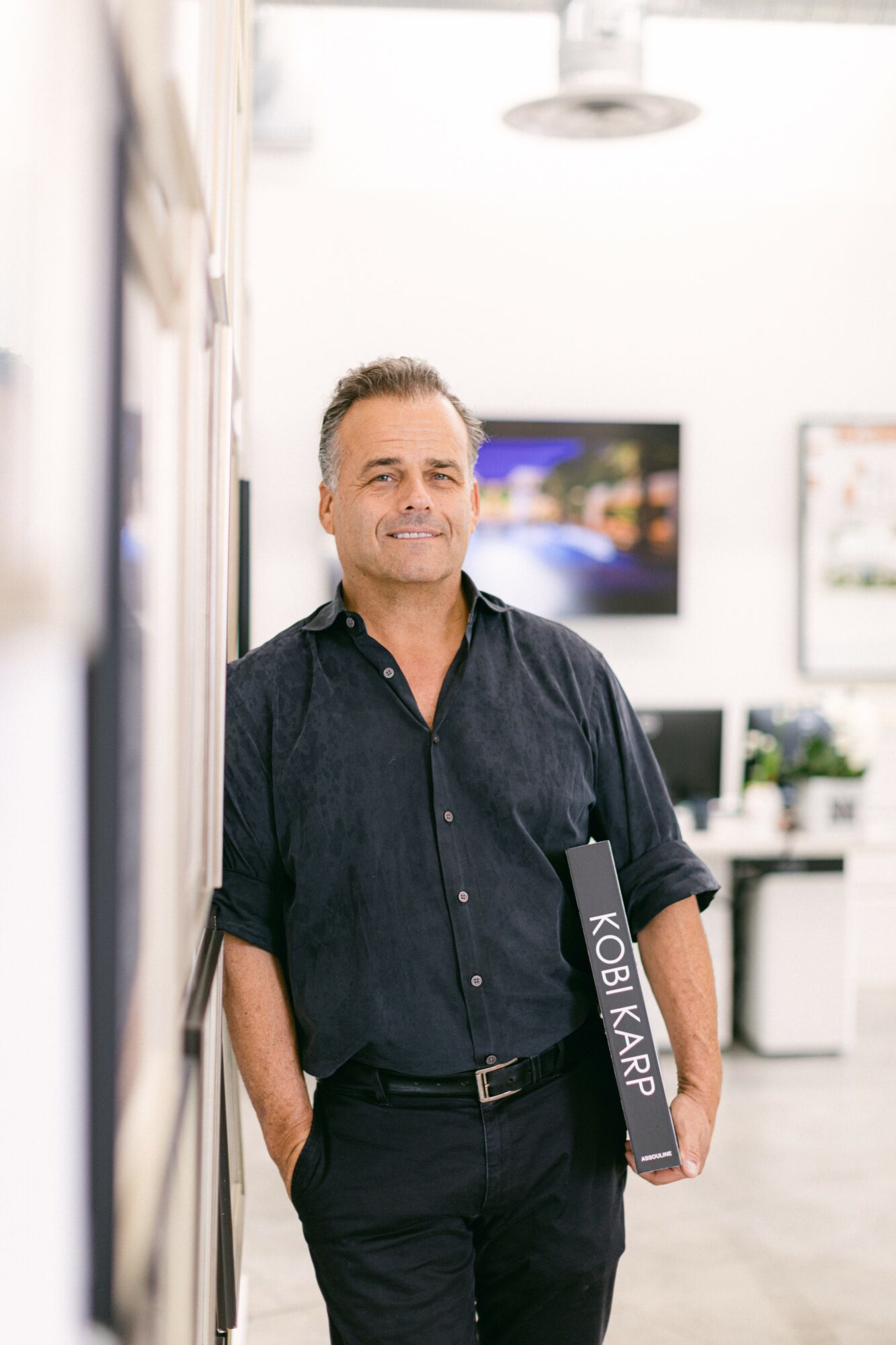

Today we’d like to introduce you to Kobi Karp.
Hi Kobi, we’d love for you to start by introducing yourself.
My journey in architecture began long before I ever set foot on a construction site. I was born in a small coastal town north of Tel Aviv, where I was surrounded by Bauhaus-style buildings designed by European-trained architects who had helped shape the emerging identity of a new nation. That early exposure to functional yet beautiful design stayed with me. At age twelve, my family relocated to suburban Minneapolis. It was a stark contrast—both in culture and climate—but it also gave me a deeper appreciation for adaptability, resilience, and the idea that design should always respond to its environment.
After studying architecture at the University of Minnesota Institute of Technology, I knew I wanted to practice in a place where I could integrate my international sensibility with forward- thinking, context-driven design. I moved to Miami in 1988,at a time when the city was on the verge of transformation. It still had the rough edges of its “Miami Vice” era, but the bones of something special were there: a vibrant history, a mix of cultures, and a unique architectural language waiting to be rediscovered.
What I found in Miami was more than the opportunity I found a calling. Like the architects who came before me, I was inspired to reinterpret and honor the city’s architectural DNA for a new generation. I’ve had the honor of working on projects that reflect this evolution, reviving historic gems like The Caribbean Hotel and the Cadillac Hotel, and blending legacy with luxury at The Surf Club Four Seasons. We didn’t just restore buildings—we reimagined them in a way that respected their past while meeting the needs of today’s users.
At the same time, I’ve always believed that architecture is most successful when it enhances people’s lives, emotionally, physically, and socially. Our firm’s design philosophy is rooted in creating spaces that promote wellness, harmony, and long-term value. Whether it’s a private residence, a resort, or a mixed-use development, we prioritize human experience, how someone feels moving through space, how light, materials, and proportions affect their day, and how the environment is respected and integrated. Our projects on Fisher Island, Palazzo del Sol, Palazzo della Luna, are prime examples of this approach.
Of course, the path hasn’t always been linear. Like anyone building something lasting, I’ve faced my share of challenges, from shifting economic markets to changing client expectations. But those moments have only deepened my belief that good design is about adaptability, problem-solving, and staying true to your vision. Over the years, I’ve come to see
architecture not just as a profession, but as a responsibility to improve human experience and leave behind something meaningful.
Today, when people stay in one of our hotels or live in one of our buildings, and they walk away saying, “That felt like home,” or “That changed how I see space,” I know we’ve done our job. Our work speaks through the experiences it creates. That’s the legacy I strive to build. One thoughtful, lasting space at a time.
We all face challenges, but looking back would you describe it as a relatively smooth road?
It definitely hasn’t been a smooth road—but I believe the most meaningful work often comes from navigating challenges. In a career like architecture, where every project is shaped by its own set of constraints—whether financial, environmental, or cultural—struggles are inevitable. What matters is how you respond to them.
Early on, establishing trust and credibility was a major challenge, especially in a dynamic and evolving city like Miami. Developers were focused on speed and returns, and it took time to show that good design isn’t just aesthetic—it’s a long-term investment that enhances value, well-being, and cultural identity. We had to prove that architecture could do more than build—it could elevate.
Beyond Miami, working internationally brought another layer of complexity. Each region has its own language, not just spoken, but architectural. In places like the Middle East and the Caribbean, we had to understand deeply rooted traditions, navigate different regulatory environments, and adapt our designs to local climates, materials, and ways of life. There’s no one-size-fits-all solution in global design. That forced us to become better listeners, collaborators, and problem-solvers.
We’ve also weathered larger economic and geopolitical recessions, pandemics, changing climate demands—that reshaped how people view space and community. These moments pushed us to innovate—whether it was incorporating new sustainable technologies or rethinking urban density and livability.
Through it all, the lesson has remained the same: stay adaptable, stay human-focused, and let each challenge sharpen your ability to design with purpose.
What is the name of your business or organization?
Kobi Karp Architecture & Interior Design
Please tell us more about your business or organization. What should we know? What do you do, what do you specialize in / what are you known for? What sets you apart from others?
What are you most proud brand wise? What do you want our readers to know about your brand, offerings, services, etc?
Kobi Karp Architecture & Interior Design is an internationally recognized firm based in Miami, Florida, specializing in architecture, interior design, and master planning for luxury residential, hospitality, and mixed-use developments. For over three decades, we’ve had the privilege of shaping Miami’s skyline and beyond with a design approach rooted in innovation, contextual sensitivity, and human experience.
What sets us apart is our ability to create spaces that blend beauty with purpose—structures that feel both elevated and deeply connected to their environment. Our work spans from preserving and reimagining historic landmarks, like The Surf Club and The Caribbean Hotel, to developing award-winning modern residences on Fisher Island and around the globe. Each project reflects our belief that architecture should improve quality of life while honoring cultural and environmental context.
We’re proud to collaborate closely with developers and communities to deliver designs that are timeless, wellness-driven, and highly livable. Whether it’s a five-star resort, a private residence, or an urban development, our goal is always the same: to craft spaces that inspire, endure, and elevate the way people live, work, and connect.
Who else deserves credit – have you had mentors, supporters, cheerleaders, advocates, clients or teammates that have played a big role in your success or the success of the business? If so – who are they and what role did they plan / how did they help.
Success is never achieved alone, and I’ve been incredibly fortunate to be surrounded by people who have shaped both my personal journey and the growth of our firm.
Above all, my greatest motivation comes from my family, especially my two sons, Aden and Jordan. Watching them grow has given me a deeper purpose and a future-focused
mindset. They constantly inspire me to design with intention, to think beyond the present, and to create spaces that contribute to the kind of world I want them to inherit. My wife Nancy and I have worked hard to provide them with a strong foundation, and their curiosity and drive continue to push me both personally and professionally.
Finally, I owe a great deal to our clients, development partners, and the talented team at Kobi Karp Architecture & Interior Design. Every project we’ve brought to life has been the
result of collaboration, trust, and a shared belief in the power of design to create meaningful impact.
Contact Info:
- Website: https://kobikarp.com
- Instagram: @kobikarp
- Facebook: https://www.facebook.com/KobiKarpArchitectureAndInteriorDesign/
- LinkedIn: https://www.linkedin.com/company/kobi-karp-architecture-interior-design
- Youtube: https://www.youtube.com/@KobiKarpArch
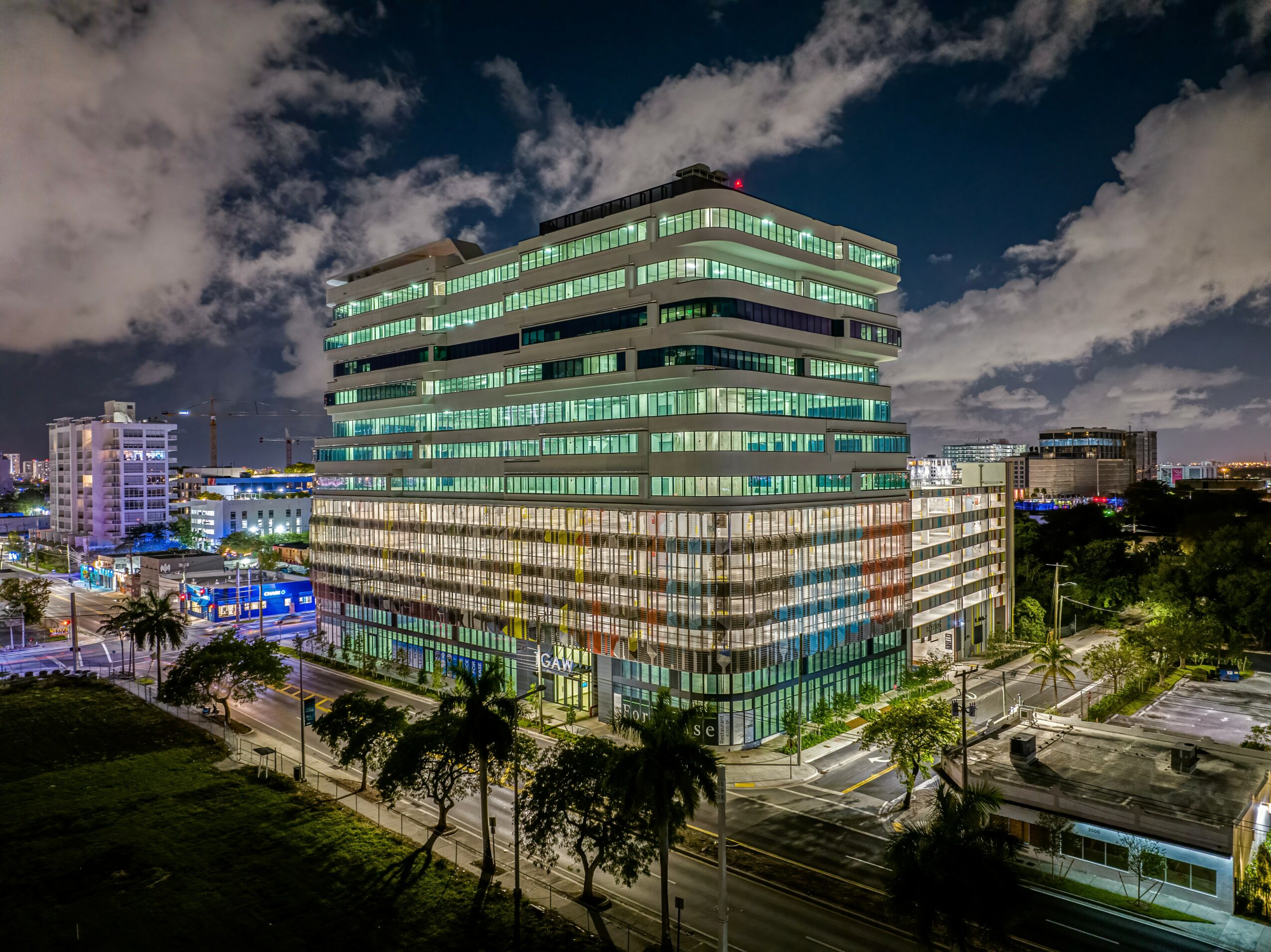
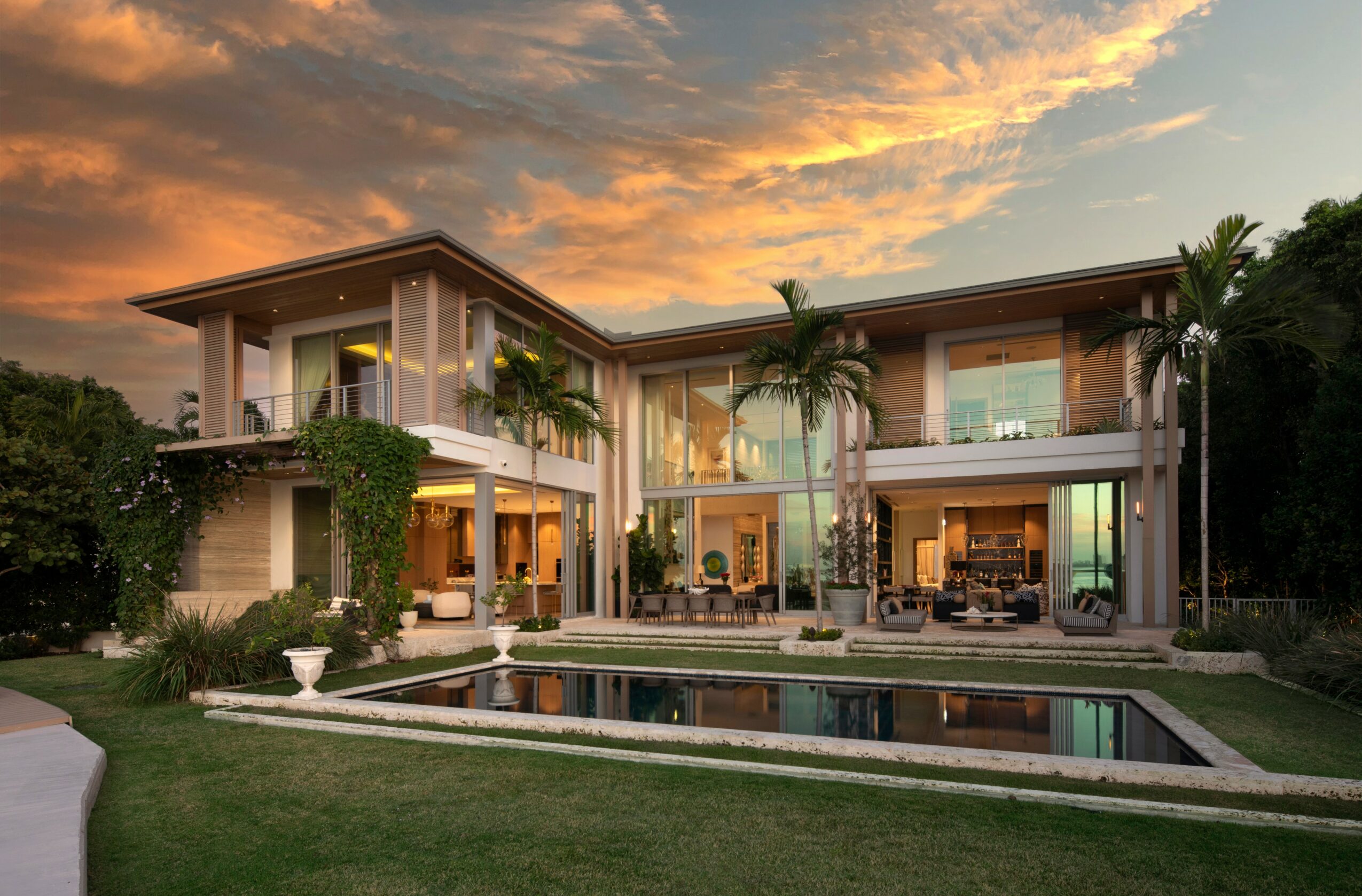
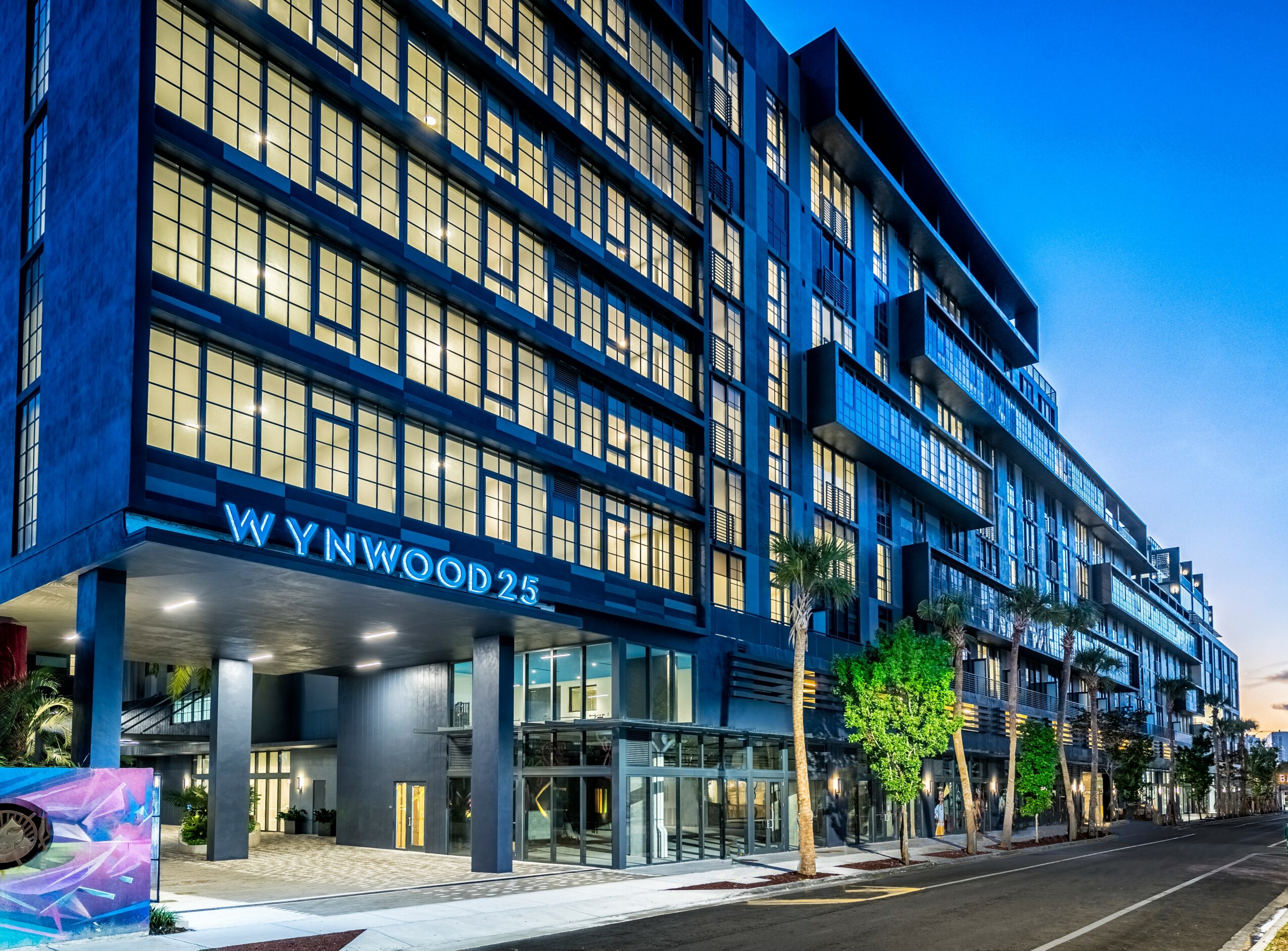
Image Credits
1. The Gateway – Photo Credit: Tony Tur Photography
2. Private Residence – Photo Credit: Robin Hill Photography
3. Wynwood 25 – Photo Credit: Nick Garcia Photography


